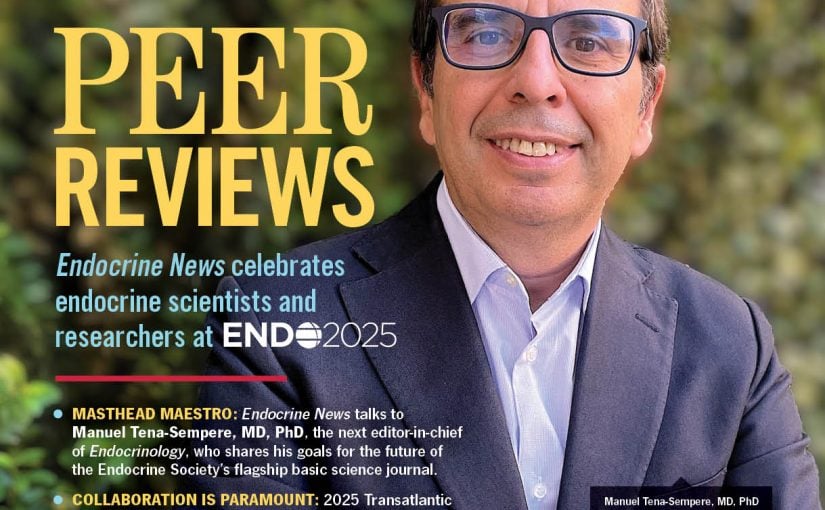Consuming a sardine-enriched diet may prevent the development of type 2 diabetes, according to a study recently published in Clinical Nutrition.
Researchers led by Diana A. Diaz-Rizzolo, PhD, of the Open University of Catalonia in Barcelona, Spain, point out that consuming fish could play a role in preventing diabetes, but the specific types of fish that offer that protection haven’t been identified. Sardines are rich in omega-3 and taurine, which the authors write could delay the development of type 2 diabetes. The authors hypothesized that the consuming sardines twice a week for one year could reduce the risk of developing type 2 diabetes in a population with prediabetes and old age.
Consuming sardines twice a week for one year could reduce the risk of developing type 2 diabetes in a population with prediabetes and old age.
The researchers recruited 152 participants with fasting glucose between 100-124 mg/dL and aged ≥65 and randomly distributed these patients into two groups: the sardine group and the control group. “Both groups received same [type 2 diabetes]-prevention nutritional during a year but only [the sardine group] had to add 200 g of sardine per week,” the authors write. “All variables were collected before to start and at the end of the diet.”
Participants in the sardine group showed an increase in HDL-cholesterol and adiponectin and a decrease in triglycerides and blood pressure, as well as a lower HOMA-IR. Based on these results, the authors conclude that a year of consuming a sardine-rich diet has a greater protective effect against developing type 2 diabetes and cardiovascular events.

